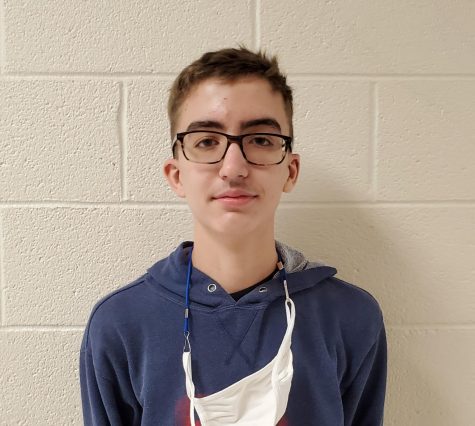Killing Machine Follows the Code of the Air.
These events take place on December 20, 1943.
Charlie Brown was a pilot in WWII who came from Weston, West Virginia and was a farm boy. During WWII he was the pilot of a B-17F bombing plane ( named Ye Olde Pub) in the 379th Bombardment Group of the U.S Air Force.
The story starts with the Bremen mission; the Ye Olde Pub along with other bombers from the 527th bombardment squadron, who flew to target the aircraft production facility in Bremen.
Brown’s superiors told him to fly on the edge of the formation which was especially dangerous due to the fact the Germans flak guns guarding Bremen would target the edges of the formation instead of the center. But after three other bombers had to turn back due to mechanical problems the Ye Olde Pub was moved to the front.
After a ten minute bombing run, the plane’s plexiglas nose was knocked out by one of the flak guns, which eliminated the second engine and damaged the fourth engine already in bad shape. The B-17 was now covered in dozens of enemy fighters that damaged the third engine.
This put the plane at only 40% of its full power. With most of its guns jammed, down one crew member and the rest severely injured, the fate of the Ye Olde Pub and its crew was looking grim.
Then comes Franz Stigler, a German pilot who was also an Ace with 27 victories (an ace was a military aviator with five or more aerial victories). Stigler was refueling and rearming on an airfield when he, along with other Germans, spotted the damaged bomber.
Stigler soon took off ready to take down the bomber. Stigler quickly caught up to the bomber but Stigler could see that the bomber’s crew was severely injured and the plane itself heavily damaged.
He did not open fire.
One of Franz Stigler’s commanding officers, Gustav Rödel, said “If I ever see or hear of you shooting a man in a parachute, I will shoot myself.”. To Stigler the men in the plane were in parachutes, so he couldn’t shoot them down.
Twice Stigler had tried to signal to Charlie Brown twice to land at a German airfield and surrender or try to fly to neutral Sweden. Brown however did not understand, so Stigler flew in a formation on the port (left) side of the bomber so German anti-aircraft units would not shoot.
Brown, at the time was unsure of Stigler’s intentions so he ordered one of the crew to one of the last functioning guns and had it trained on potential enemy threat the whole time, but Brown ordered the crewman not to open fire, just ward him off.
In the end when the bomber left German air space, Stigler broke away from Brown and his crew and departed with a salute.
Brown flew 250 miles across the North Sea (with his plane at 40% capacity) where he landed at the Royal Air Force Seething or RAF Seething, a Royal Air Force station.
When he told his officers that a German pilot had let him go he was told not to tell the rest of his unit in fear of the other pilots having a positive sentiment towards the enemy.
Stigler on the other hand did not tell anyone of what had happened due to fear of being court-martialed.
Both went on to live past the end of the war.
All research gathered from the following websites:
https://www.legacy.com/obituaries/herald/obituary.aspx?page=lifestory&pid=121043278
https://chivalrytoday.com/chivalry-air/
https://en.wikipedia.org/wiki/Charlie_Brown_and_Franz_Stigler_incident
https://www.youtube.com/watch?v=LSU7HedRVGY

I'm a ninth grade student. I have always liked to write and was interested in what being a reporter was like. I am interested in ichthyology, a branch...

